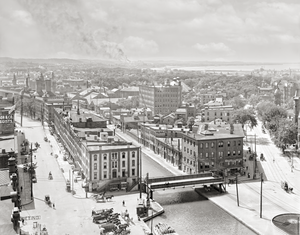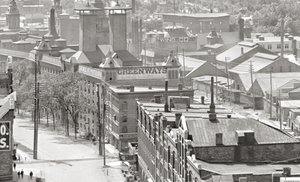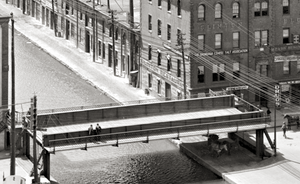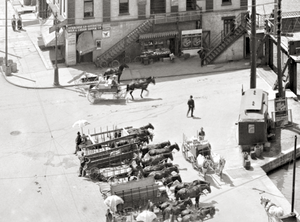Your Cart is Empty
Free and Fast Shipping | 30 Day Money Back Guarantee





Syracuse, New York, experienced significant growth and transformation between 1800 and 1920, a period marked by industrialization and the city's emergence as a vital transportation and manufacturing hub. In the early 19th century, the completion of the Erie Canal in 1825 was a defining moment for Syracuse, linking the Great Lakes to the Atlantic Ocean and fostering rapid economic development. This era saw Syracuse earn its nickname "The Salt City," as it became a national center for salt production, an industry crucial for food preservation at the time. The abundance of salt springs in the region positioned Syracuse as a key player in this industry.
The late 19th and early 20th centuries further solidified Syracuse's status as an industrial powerhouse. The city witnessed a boom in manufacturing, with factories producing goods ranging from typewriters to air conditioners. This period also saw a surge in population, fueled by an influx of immigrants drawn to the burgeoning job opportunities. These decades were pivotal in shaping Syracuse's urban landscape and economic profile, laying the groundwork for its future development. This era in Syracuse's history is a rich tapestry of industrial progress, economic vitality, and dynamic social change, reflective of the broader trends in American society during this transformative period.